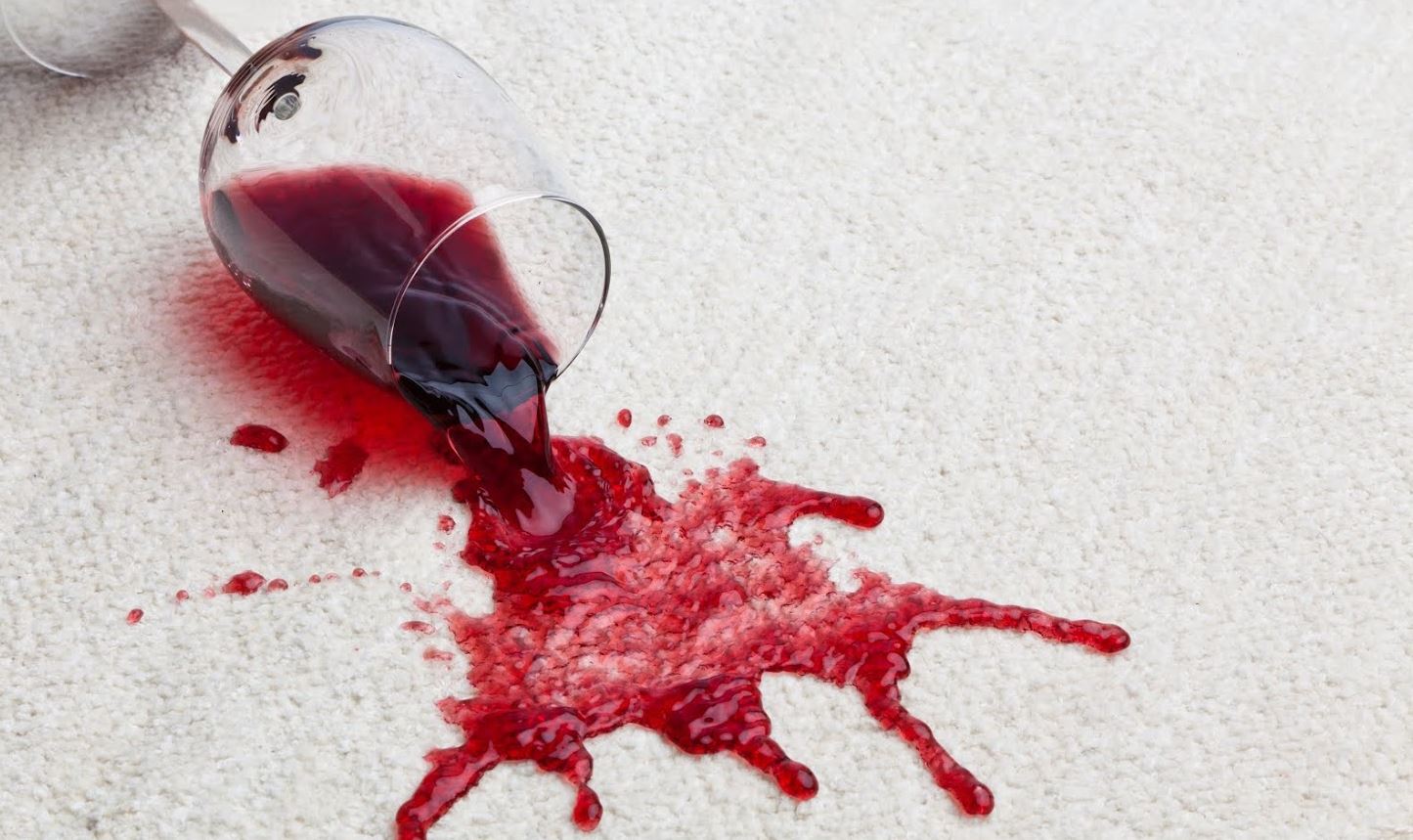A clean and organised office is more than just aesthetically pleasing—it’s crucial for productivity, employee well-being, and creating a positive impression on clients. Whether you manage a small business or a large corporate office, maintaining a clean workplace is key to ensuring a comfortable and efficient environment.
Let’s explore the importance of office cleaning, the services available, and tips for keeping your workspace in top condition.
Why Office Cleaning Matters
A clean office is directly linked to employee health, morale, and productivity. Here are some reasons why office cleaning services are essential:
1. Health and Hygiene
Offices are high-traffic areas where germs and bacteria can spread easily. Regular cleaning of surfaces, bathrooms, and common areas helps reduce the risk of illness and improves the overall health of your staff. Clean air, well-maintained surfaces, and sanitised facilities contribute to a healthier working environment.
2. Increased Productivity
A tidy office reduces distractions, making it easier for employees to focus. A clean environment also boosts morale, leading to higher levels of employee engagement and motivation.
3. Professional Image
A spotless office reflects positively on your business. Whether you’re hosting clients, partners, or employees, a well-kept office creates a lasting impression. It shows that your company values professionalism and attention to detail.
4. Longevity of Office Furniture and Equipment
Regular cleaning extends the life of your office furniture, carpets, and equipment. Dust, dirt, and grime can cause wear and tear over time, so regular maintenance ensures your assets stay in good condition.
Key Office Cleaning Services
When it comes to office cleaning in Sydney CBD (or any city), there are several services to consider. Depending on your needs, you may want to hire a professional cleaning company to manage these tasks:
1. Daily or Weekly Cleaning
Routine cleaning services include sweeping, vacuuming, mopping, dusting, and sanitizing common areas such as kitchens, bathrooms, and workstations. This keeps your office fresh and hygienic on a day-to-day basis.
2. Carpet Cleaning
Carpets trap dust, dirt, and allergens, affecting air quality and contributing to an untidy office environment. Regular deep cleaning removes embedded dirt and keeps your carpets looking new.
3. Window Cleaning
Clear windows enhance natural light, making the office brighter and more inviting. Professional window cleaners can reach high windows and remove streaks and dirt that accumulate over time.
4. Restroom Sanitisation
A clean restroom is essential for a positive employee experience. Professional cleaners ensure your office restrooms are sanitised, stocked with supplies, and well-maintained, creating a comfortable environment for everyone.
5. High-Touch Surface Disinfection
Disinfecting high-touch areas like doorknobs, light switches, and phone handles is crucial for reducing the spread of germs and viruses, especially in high-traffic workplaces.
Benefits of Hiring Professional Office Cleaning Services
Hiring a professional office cleaning service has several benefits over relying on in-house cleaning. These include:
-
Expertise and Equipment: Cleaning companies have the training, tools, and products necessary to clean your office efficiently and effectively.
-
Flexible Scheduling: Professional cleaning services can work around your schedule, offering cleaning during off-hours or weekends, ensuring minimal disruption to your workday.
-
Consistency and Reliability: You can rely on a professional team to consistently meet cleaning standards, so you don’t have to worry about missing a spot or managing the cleaning yourself.
-
Eco-Friendly Options: Many commercial cleaning services offer environmentally friendly products and cleaning practices, reducing your office’s carbon footprint.
Office Cleaning Checklist: What to Clean and How Often
Here’s a simple checklist for office cleaning, outlining common tasks and their recommended cleaning frequency:
Daily Office Cleaning:
-
Empty trash bins and replace liners
-
Wipe down desks, chairs, and workstations
-
Clean and disinfect phones, keyboards, and high-touch areas
-
Vacuum or sweep floors in high-traffic areas
-
Clean and sanitize restrooms and kitchenettes
Weekly Office Cleaning:
-
Dust shelves, light fixtures, and vents
-
Clean windows and mirrors
-
Clean and sanitize break rooms and communal spaces
-
Deep clean floors, including mopping tiles and hardwood
-
Disinfect door handles, elevator buttons, and shared office equipment
Monthly Office Cleaning:
-
Deep clean carpets and upholstery
-
Clean behind and under furniture
-
Clean windows and blinds thoroughly
-
Check air vents and replace filters as needed
Final Thoughts
A clean and organised office not only improves the health and productivity of your team but also elevates your business image. By investing in professional commercial cleaning Sydney you ensure that your workspace remains hygienic, inviting, and well-maintained.
Whether you’re looking for regular office cleaning or a one-time deep clean, partnering with an experienced cleaning service can help maintain a spotless and productive environment for your employees and clients.




